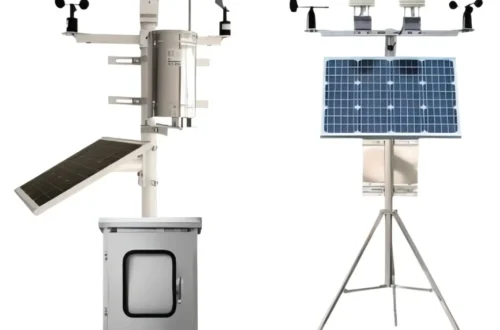10 Essential Uses of a Rain Gauge: Practical Applications and Benefits
10 Essential Uses of a Rain Gauge: Practical Applications and Benefits
A rain gauge is a simple yet powerful tool for measuring precipitation. Its applications extend far beyond basic weather observation, providing critical data for various sectors. Understanding the 10 uses of rain gauge can help you appreciate its importance in our daily lives and professional fields.
Agriculture and Irrigation Management
Farmers rely on accurate rainfall data to make informed decisions about irrigation schedules. By tracking precipitation, they can optimize water usage, reduce costs, and promote healthier crop growth.
Hydrological Studies
Scientists use rain gauges to monitor water cycles, assess flood risks, and manage water resources. This data is vital for environmental protection and sustainable development.
Urban Planning and Drainage Systems
Engineers utilize rainfall measurements to design efficient drainage and sewer systems, preventing urban flooding and infrastructure damage during heavy storms.
Aviation and Transportation Safety
Airports and transportation authorities monitor real-time rainfall to ensure safe travel conditions, reducing accidents caused by slippery roads or low visibility.
Gardening and Landscaping
Home gardeners and landscapers use rain gauges to maintain optimal soil moisture, ensuring plants receive adequate water without wastage.
Climate Change Research
Long-term precipitation records from rain gauges contribute essential data for analyzing climate patterns and predicting future changes.
Disaster Preparedness
Meteorological departments depend on rain gauges to issue early warnings for floods, landslides, and other weather-related disasters, saving lives and property.
Sports and Event Planning
Event organizers monitor rainfall to reschedule outdoor activities, ensuring participant safety and event success.
Educational Purposes
Schools and universities use rain gauges in science curricula to teach students about meteorology, data collection, and environmental science.
Water Resource Management
Government agencies analyze rainfall data to regulate reservoir levels, plan water supply, and address drought conditions effectively.
Frequently Asked Questions
How does a rain gauge work?
A standard rain gauge collects precipitation in a cylindrical container, allowing measurement of rainfall depth over a specific period.
Why is accurate rainfall data important?
Precise measurements support critical decisions in agriculture, disaster management, and resource allocation, impacting economic and environmental stability.
Take Action Today
Ready to leverage the power of precipitation data? Invest in a high-quality rain gauge to enhance your projects, safety measures, and environmental contributions. Explore our recommended models now!


